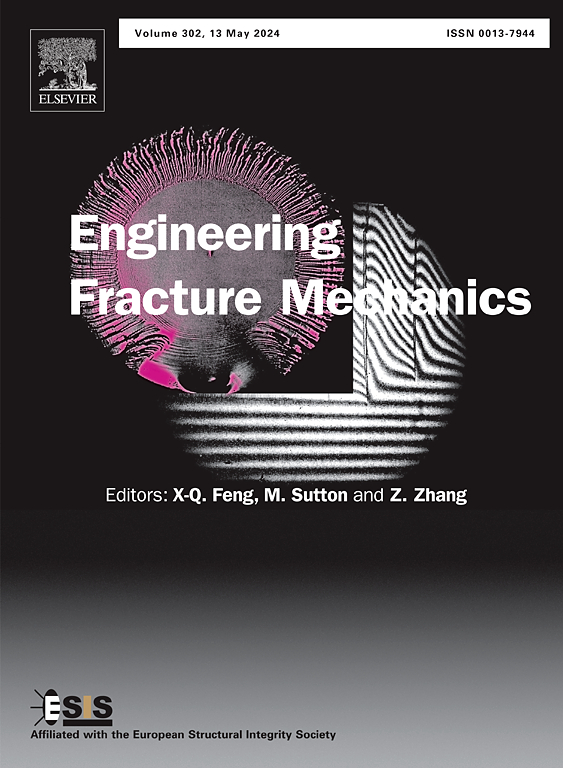An automatic procedure for calibrating the fracture parameters of fibre-reinforced concrete
IF 4.7
2区 工程技术
Q1 MECHANICS
引用次数: 0
Abstract
In this work a calibration procedure to obtain the material parameters that characterise the fracture behaviour of fibre-reinforced concrete (FRC) is presented. This procedure uses a proposed trilinear softening diagram recently implemented in a smeared crack model of the free finite element code OOFEM that allows reproducing the fracture behaviour of FRC and takes advantage of the optimisation package of SciPy, with both pieces of software being open-source and of free access for anyone interested in this field. This work presents the calibration procedure, which uses the Nelder–Mead algorithm to adjust the numerical result with the experimental diagram and discusses some key aspects, such as the number of reference points used in the calibration process or the weighting factors used with them, including the possibility of making some reference points more relevant than others in the calibration process. The influence of the mesh size and the element type used in the FEM model is also analysed. To evaluate the quality of the numerical approximation, a deviation factor is defined, which provides an scalar value that becomes lower as the numerical adjustment is closer to the experimental diagram in the reference points. The proposed procedure allows calibrating six parameters automatically with a meaningful time reduction and good accuracy. Using a higher number of reference points may lead to a better adjustment, although this study suggests that a good selection of the reference points is more effective than using a high number of reference points or using weighting factors to make some points more relevant than others. This procedure is finally validated by applying it with experimental results obtained with other types of FRC materials (different fibres and different fibre proportions) and specimen geometries.
校准纤维增强混凝土断裂参数的自动程序
本文章由计算机程序翻译,如有差异,请以英文原文为准。
求助全文
约1分钟内获得全文
求助全文
来源期刊
CiteScore
8.70
自引率
13.00%
发文量
606
审稿时长
74 days
期刊介绍:
EFM covers a broad range of topics in fracture mechanics to be of interest and use to both researchers and practitioners. Contributions are welcome which address the fracture behavior of conventional engineering material systems as well as newly emerging material systems. Contributions on developments in the areas of mechanics and materials science strongly related to fracture mechanics are also welcome. Papers on fatigue are welcome if they treat the fatigue process using the methods of fracture mechanics.

 求助内容:
求助内容: 应助结果提醒方式:
应助结果提醒方式:


